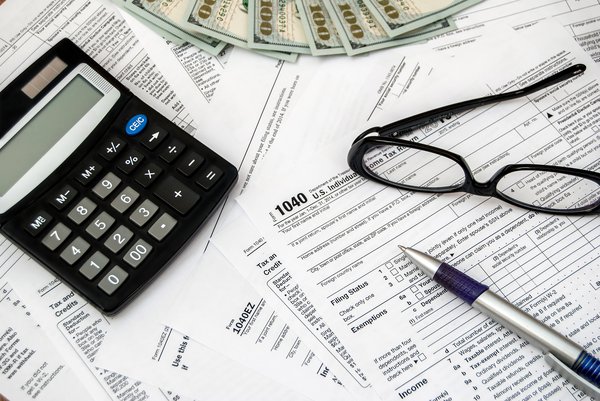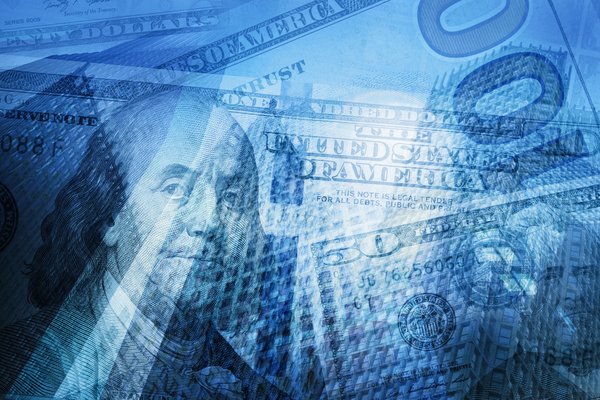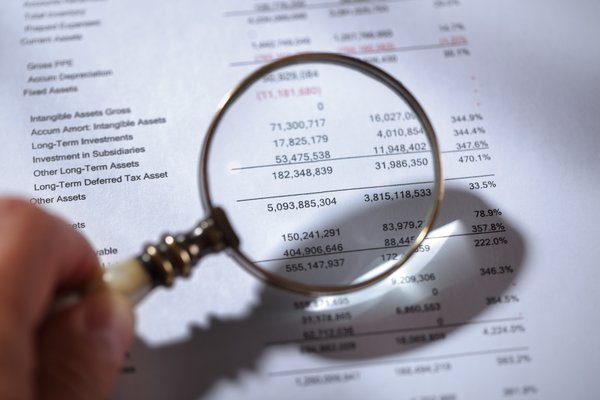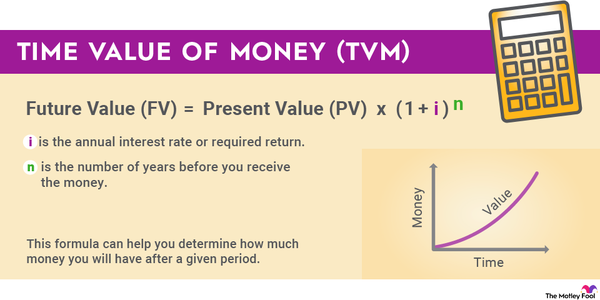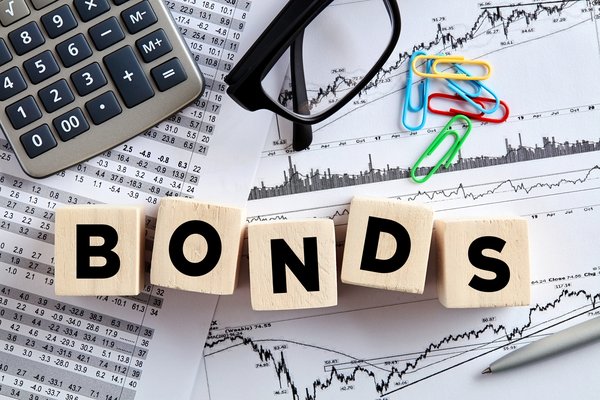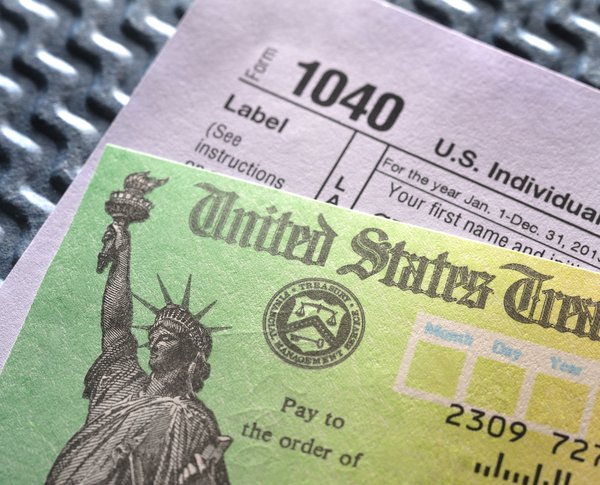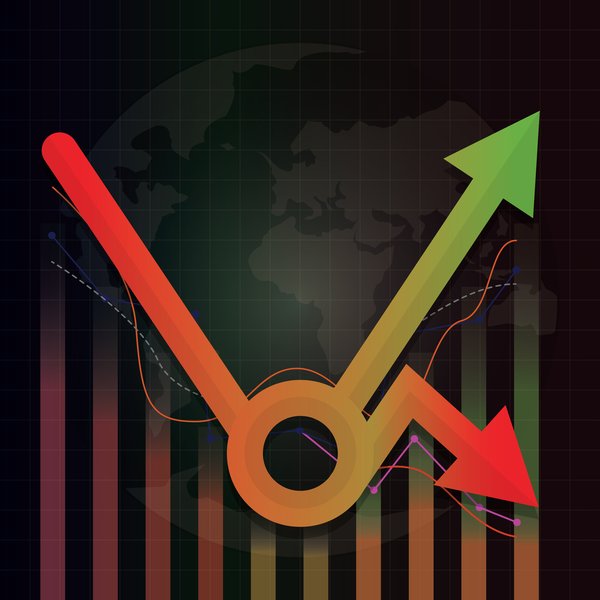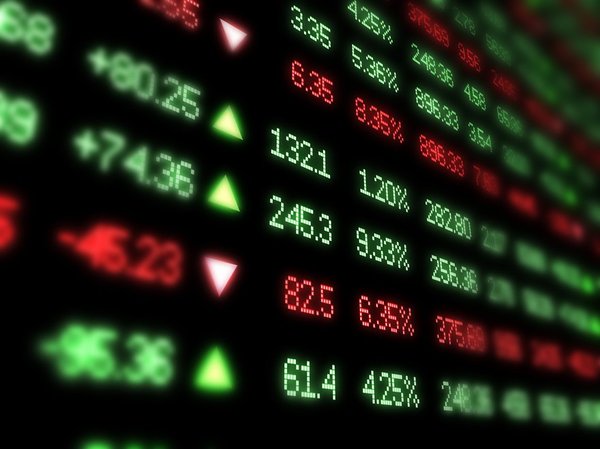Billion-dollar companies have been part of the U.S. economy for more than a century. Trillion-dollar companies, however, are a more recent development. Although Apple (AAPL 0.65%) is often considered to be the first publicly traded company to reach $1 trillion in market capitalization, it's neither the first nor the last to reach a four-comma valuation. Read on to learn more about the trillion-dollar club's history, as well as its past, present, and potential future members.
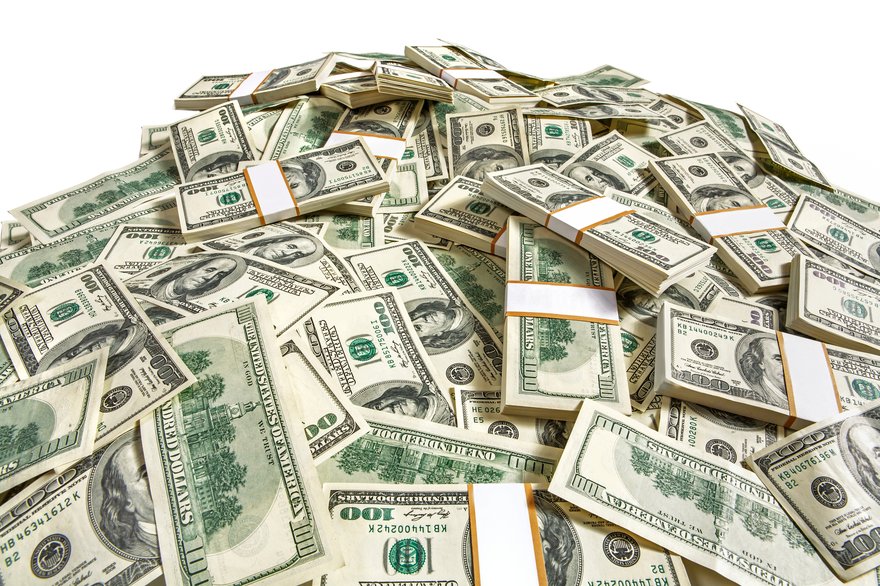
Overview
What is the trillion-dollar club?
The trillion-dollar club doesn't have a fixed, or even easily identifiable membership list. In general, it consists of publicly traded companies that have a market capitalization of $1 trillion or more.
But market caps aren't exactly etched in stone. PetroChina (NYSE:PTR), for example, launched its initial public offering (IPO) in 2007 and became the first modern-day member of the trillion-dollar club in 2007. The 2007-09 financial crisis and an oil price war, however, meant the company was swiftly tossed out of the club; its market value fell to less than $260 billion by the end of 2008.
There's also the question of inflation. For example, could the Dutch East India Company have been considered a member of the club? At its peak value in 1637, it was considered to be worth $7.9 trillion in today's dollars. The Mississippi Company, which held French trading rights in North America and the West Indies, was thought to be worth $6.5 trillion in today's dollars in 1720. Even Standard Oil Co. -- the forerunner of ExxonMobil (XOM 0.29%), Chevron (CVX -0.36%), BP (BP 0.77%), and Marathon Petroleum (MPC 3.19%) – was thought to have a value that topped $1 trillion in 1901.
The trillion-dollar club is still a relatively recent phenomenon in the United States. The first million-dollar enterprise, the Bank of North America, reached that milestone in 1781.
It took 120 years for a U.S. company to hit a billion-dollar valuation; U.S. Steel (X 2.14%) became the first billion-dollar U.S. company in 1901. General Motors (GM 3.67%) hit the $10 billion mark in 1955, and General Electric (GE 2.04%)(GEV 6.87%)(GEHC 1.36%) reached $100 billion in 1995.
The $1 trillion mark wasn't breached by a U.S. company until August 2018, when tech giant Apple hit four commas.
Trillion-dollar club members
Trillion-dollar club members
Since Apple's ascension to the four-comma club, its market value has risen to a whopping $3 trillion. More companies have since joined the club, with a couple even surpassing Apple. Here are the companies that were members of the trillion-dollar club in mid-2024:
- Nvidia: (NVDA 2.84%). The chipmaker, which has benefited from the artificial intelligence (AI) boom, hit the $1 trillion mark in May 2023.
- Microsoft: (MSFT 0.73%). The software and cloud computing giant reached a $1 trillion valuation in April 2019.
- Apple: The tech king became a member of the trillion-dollar club in September 2018.
- Alphabet: (GOOG 0.43%)(GOOGL 0.29%). The digital advertising and search engine leader became worth more than $1 trillion in January 2020.
- Amazon: (AMZN 1.9%). The e-commerce and cloud computing kingpin hit $1 trillion in market capitalization in September 2018.
- Meta Platforms: (META 2.1%). The social media phenomenon became worth more than $1 trillion in June 2021.
- Saudi Aramco: The Saudi oil company became worth more than $1 trillion in December 2019. Note that foreign investors who want to buy a share are required to have at least $500 million in assets to open an account on the Tadawul exchange, where about 1.5% of its stock is traded.
Related investing topics
Waiting in line
Waiting in line
Tesla (TSLA 3.54%) gained admittance to the trillion-dollar club in 2021, but it didn't last long. The company's market cap had plunged to around $700 billion by the summer of 2024. Still, it's not too farfetched to think that Tesla could regain admittance to the club.
Here are four other publicly traded companies waiting in line in the summer of 2024 that could enter, as well:
- Eli Lilly: (LLY -0.01%). The pharmaceutical company's stock has been buoyed by the popularity of its popular weight management and diabetes drugs, Zepbound and Mounjaro. It boasted a market cap of $885 billion.
- Broadcom: (AVGO 3.17%). Like Nvidia, semiconductor and software giant Broadcom has benefitted from the AI boom. Its market capitalization had reached $734 billion by the summer of 2024.
- Berkshire Hathaway: (NYSE:BRK.A)(BRK.B 0.63%). Warren Buffett's Omaha-based holding company has a lengthy history of rewarding shareholders and doesn't seem poised to disappoint them. With a $944 billion market cap in the summer of 2024, hitting four commas is likely only a matter of time.
- Taiwan Semiconductor Manufacturing: (TSM 2.19%). Another beneficiary of the AI boom, TSMC produces an estimated 90% of advanced chips for some of the biggest names in tech. By late summer 2024, its market cap had reached $882 billion.

